Understanding Document Accessibility: Accessible Formats
Home / Understanding Document Accessibility: Accessible Formats
This is a guest article from Crawford Technologies, a valued BCC Software partner.
As discussed in this article, there are numerous accessible document formats, and to be compliant with current global regulations, an organization will have to provide customer communications in the requested format, whether it’s braille, large print, audio, e-Text, Accessible PDF, or Accessible HTML5. Each format requires either an assistive technology that someone has learned to use, or embossed paper for braille. Since the needs of users vary from person to person, there are many accessible format options available.
With the widespread use of smart phones and assistive technology such as screen readers, the use of electronic formats like Accessible PDF and Accessible HTML5 is increasing rapidly. When implemented correctly, these electronic formats can provide a positive user experience and, with proper resources, can be either partially or completely managed in-house.
Now let’s take a look at how Accessible PDFs are created:
Attributes of an accessible document
For many years, the only way to create accessible documents was to convert standard documents like PDFs into an accessible format using a manual process performed by skilled personnel familiar with adding tags and other accessibility features to a document.
These tags identify unique attributes of content such as text, tables, graphics, lists, charts, and other information in the document. It’s not surprising that transactional documents can be particularly challenging when converting to an accessible format as most people do not consume invoices and statements the same way we read business material or a book. In other words, the reading order is not as simple as starting at the top and then reading across, left to right.
Fortunately, tags are used not only to identify page content, but will define the appropriate reading order. By doing this, assistive technology devices and software can ‘read’ the document and present the content in a logical and easy-to-navigate fashion. Tags also identify the heading and row descriptions so that the table of contents may be properly communicated, again enabling quick and easy navigation.
One of the advantages of using Accessible PDFs is that tagging presents a document to the sighted just as a regular PDF looks. However, when the same PDF is accessed using an assistive technology device, the tagged content allows a visually impaired user to maneuver the document.
While many organizations may still be using this time consuming and expensive manual process, today automated document accessibility solutions exist for static transactional documents, including variable content transaction documents and for non-transactional documents, such as marketing material, business correspondence, and books. These solutions can be part of a production workflow so that converting standard input formats to Accessible PDF and other formats is highly automated, and is integrated with standard output processing.
The development of industry standards
Another important development in the marketplace is standardization, which provides technical accessibility specifications for website and software developers and helps ensure that users of accessible devices will be able to read websites and documents.The World Wide Web Consortium (W3C) has established the primary international standard for accessibility on the web, called the Web Content Accessibility Guidelines (WCAG). Blind and partially-sighted users who access documents via portals and websites need a site that supports the use of their assistive technology devices to navigate to their documents. WCAG 2.0, published in 2008, provides comprehensive guidelines regarding how to make a website and PDF documents accessible.
Adopting the WCAG 2.0 standard as the cornerstone of an overall corporate accessibility strategy will ensure that all of your customers will be able to consume their transaction documents. Implementing solutions in your enterprise’s document generation and presentment workflows that conform with the WCAG 2.0 standard is a best practice when it comes to ensuring compliance with accessibility legislation and meeting your customers’ needs.
Of course, even with sophisticated automated tools, it’s essential that accessible documents are thoroughly tested and validated before sending to a customer. For more information, contact Crawford Technologies, and stay tuned for future articles to learn best practices for accessible document testing.

